- Shell and BYD recently opened a massive charging station near the Shenzhen airport in China.
- As of June 2023, China claims to have 760,000 fast-charging stations, while South Korea has over 201,000 stations.
- As of April 2023, The United States has 28,000 fast-charging stations.
While EV drivers in the United States struggle to find DC Fast Charging stations around the country, Shell and BYD opened the largest electric vehicle charging station in the world in Shenzhen, China.
The massive charging station has 258 charging ports with solar panels that will generate up to 300,000 kW annually.
Putting the US Charging Infrastructure to Shame
This massive charging station and the rest of the robust EV charging network in China put the pathetic infrastructure in the US to shame. As of June 2023, China claims to have over 760,000 fast-charging stations. As of April 2023, the US claims to have 28,000 fast-charging stations, and over 1,800 of them are Tesla Supercharger stations.
While 28,000 sounds like a lot, it’s not. Many important areas of the country do have infrastructure to support the growing EV market.
Shell Growing Its Portfolio
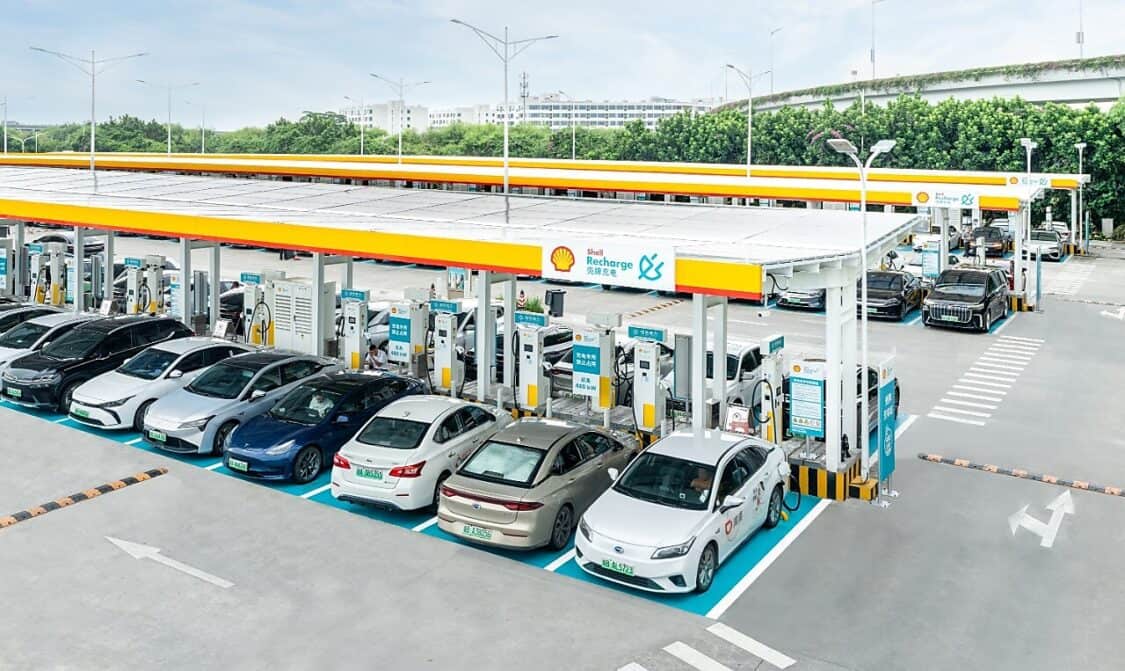
Seeing a major oil company like Shell investing in EV charging stations in China should say something to drivers in the United States. The massive EV station is less than a mile from the airport terminal in Shenzhen. The station serves more than 3,300 EVs daily, and it has a Shell convenience store with a cafe, vending machines, and a driver’s lounge.
The station is charging vehicles through rooftop solar panels, taking the pressure off of the Shenzhen grid. Shell’s Global Executive Vice President for Mobility said, “The opening of this new site is part of our ongoing commitment to meet the evolving needs of our customers in China.” If Shell can do it with BYD in China, they can open charging stations in other areas of the world.
This pivot to EV charging stations shows that Shell is diversifying its portfolio, especially as countries other than the US have been quick to embrace electrified transportation. Fossil fuels are limited, so it’s important to find a solution that relies on a renewable resource.
According to Shell’s Recharge website, the company expects that 68% of all passenger vehicles will be electrified by 2040. Shell is one of the largest energy providers, so it is positioned to adapt to the changing transportation needs.
The Fast-Charging Desert in Northwest Indiana
EV drivers in the United States can’t take typical routes on their road trips. Especially if those road trips veer off of major interstates.
A few weeks ago, I had to drive my Kia EV6 from Grand Rapids, Michigan to Rensselaer, Indiana – a small town about 45 miles south of Valparaiso, Indiana. The trip needed to be a quick one – spending the afternoon in the small town, then returning home. The round trip should have been about 390 miles.
But, because of the total lack of DC Fast-Charging stations along I-94 and I-90 in Northwestern Indiana, I had to make a stop in South Bend on the way to and from Rensselaer, as the only DC Fast Charger in the area is in a mall parking lot outside of town. This stop added 50 miles to my trip.
Yes, there are plenty of Level 2 chargers along the busy highway that serves as a major route between Chicago, Detroit, and Toledo, but using those would require an overnight stay. The EV6 charges from 10% to 80% in under 20 minutes – which is a reasonable stop to fill up on a road trip.
Why Adding Charging Stations Takes So Long in the US
Building anything in the United States takes a long time. Plans must be approved, permits pulled, and contractors found. It’s easier to sell EVs than to build the infrastructure. Fortunately, charging stations are being built, including a bank of what looks like DC Fast-Charging stations at a Meijer a few miles north of I-94 in Michigan City, Indiana.
The Bureaucracy of Building
Adding DC Fast-Charging stations in any community involves more than installing the machines in a parking lot. They need electrical upgrades, network connectivity, and a business willing to put them into their parking lots. The business must be willing to take the gamble that if they build them, EV drivers will come.
Incompatible Charging Ports
Another issue with charging infrastructure is the different types of EVs. My Kia EV6 uses a CCS charger, while my friend’s Nissan Leaf needs a ChaDeMo charger. Tesla vehicles can use CCS and NACS ports. Because these different ports aren’t compatible, EV charging stations should accommodate them all. But they don’t.
Most vehicles use either a CCS or a NACS port, so the ChaDeMo ports are on the way out. This will be a major disadvantage for drivers who need one for their older EVs. As more automakers are moving to the Tesla NACS port, could the CCS port be phased out?
Utilities and the Grid
Level 3 DC Fast-Charging stations require a serious amount of energy. It’s no secret that the electrical grid is not equipped to support a widespread EV market. Utility companies must upgrade and reinforce their grids, and this process is slow going.
As someone who pays attention to the EV market and charging infrastructure, I knew what I was getting into when I decided to buy a fully electric vehicle. I’m hopeful that more public charging stations will open soon, like the one in Michigan City.
Investing in Destination Fueling Stations
What’s frustrating is reading about other countries opening charging stations that remove range anxiety. If you’ve ever been to a Buc-ee’s or a Wally’s gas station, you know companies in the United States can build massive “destination” fueling stations in convenient locations, as these gas stations have 100 or more gas pumps at each location.
There’s no reason that gas cars and electric cars can’t spend time filling up on connected pavement. But, these massive gas stations don’t offer much for EV drivers. According to my Chargeway app, the Wally’s in Pontiac, Illinois, has four 50 kW ports.
Meh.
The same app tells me that the Buc-ee’s in Leeds, Alabama, has four Electrify America 350 kW ports.
Better. But most Buc-ee’s don’t have any charging ports.
What’s on the Horizon
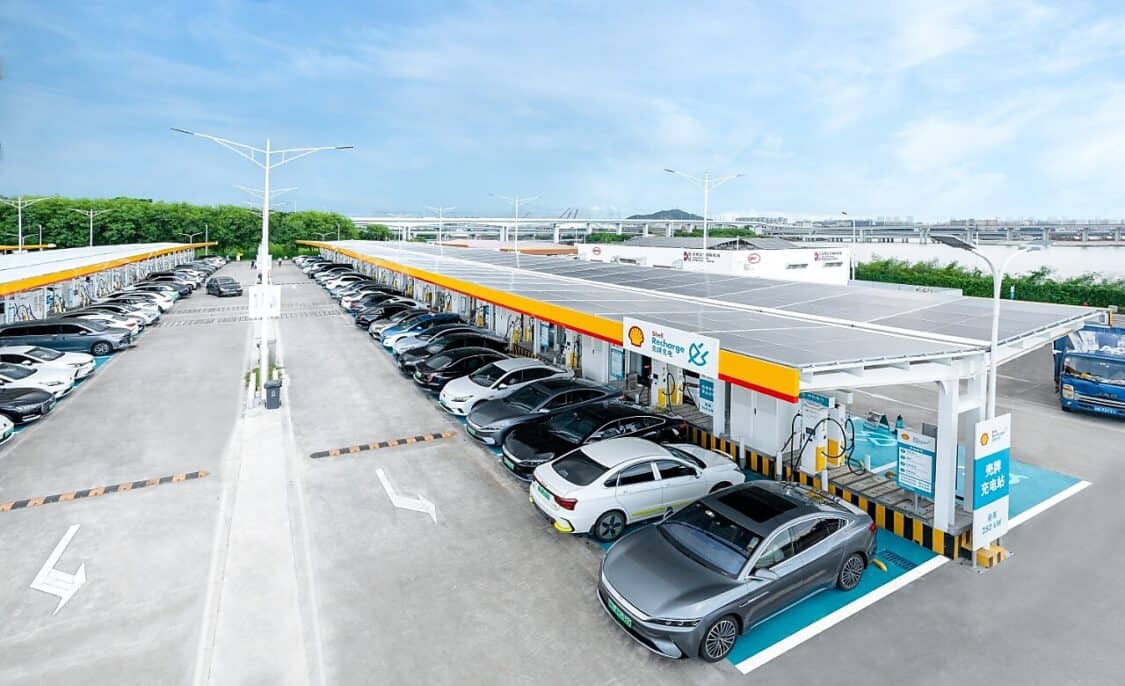
China and South Korea will continue to lead the way with their robust fast-charging network like the Shell and BYD charging stations. While China is loaded with public stations, it’s actually South Korea that has the best EV infrastructure on the planet. At the end of 2022, South Korea had over 201,000 fast-charging stations. It’s no wonder automakers like Kia and Hyundai are embracing EVs.
More EV charging stations are coming to the United States. Tesla has announced a 160-stall Supercharger station in Coalinga, California, and the EV giant has several charging stations with 20 or more stalls along I-15 from Las Vegas to Los Angeles. Sacramento will soon be the spot with the largest EV charging station in the country, with up to 120 chargers for passenger cars and commercial trucks.
But, these stations need to start moving east, as drivers who aren’t along the coasts are enjoying the benefits of electric vehicles while suffering from range anxiety. Until then, keep your eyes on your local big box grocery store, as Electrify America and other well-known charging station manufacturers open small stops along major interstate highways.
ADVERTISEMENT

IMAGES: SHELL
FTC: We use income-earning auto affiliate links. Learn more.


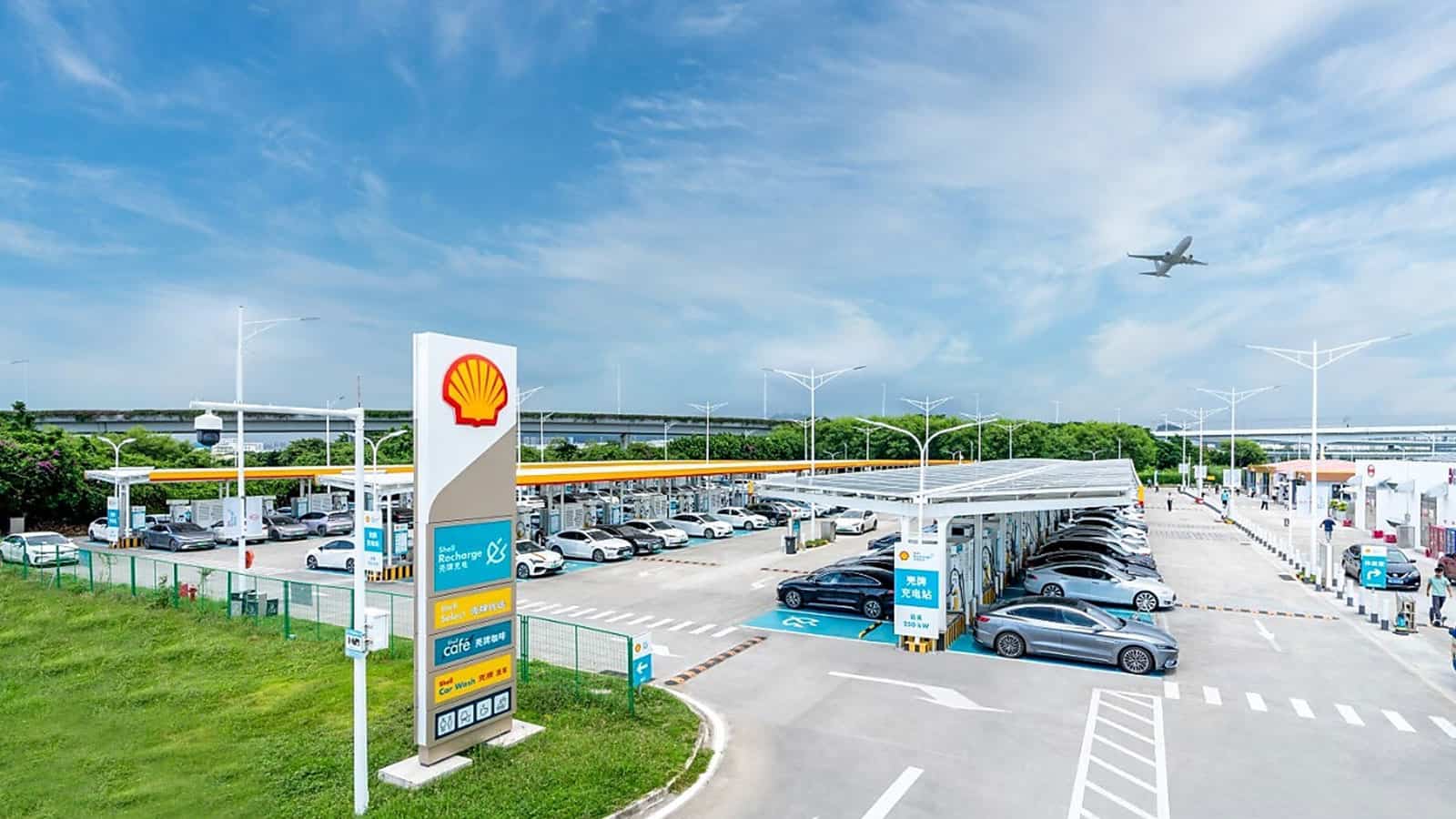
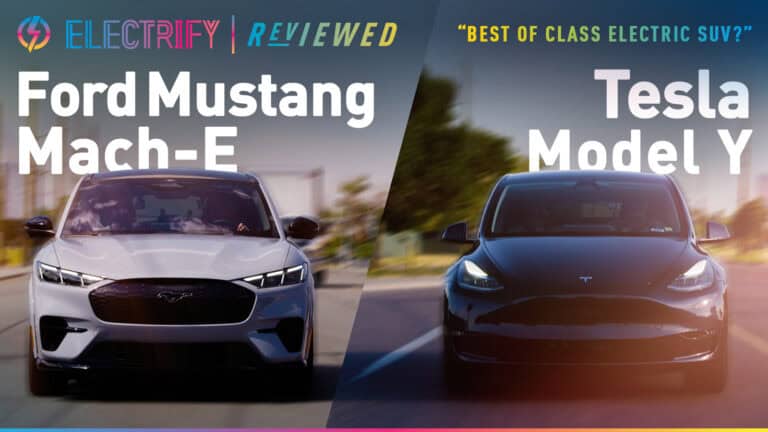
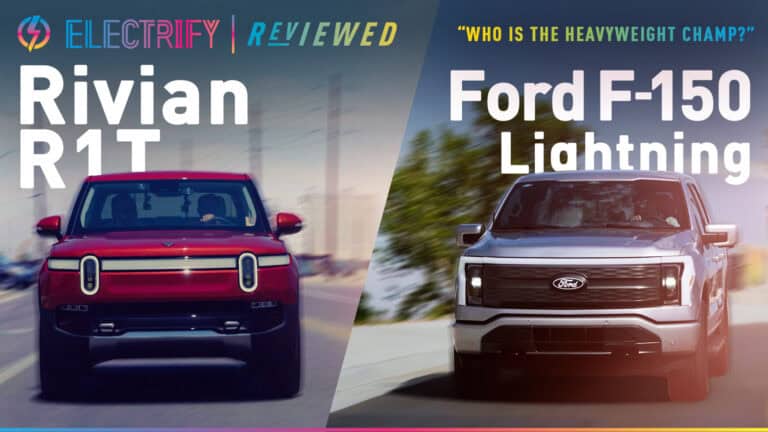
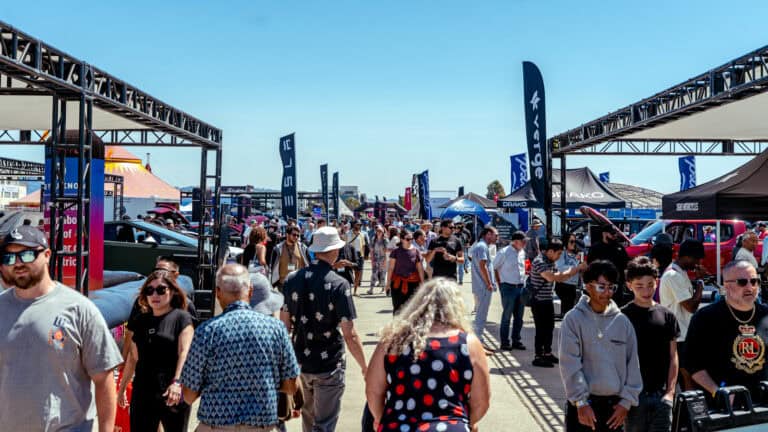


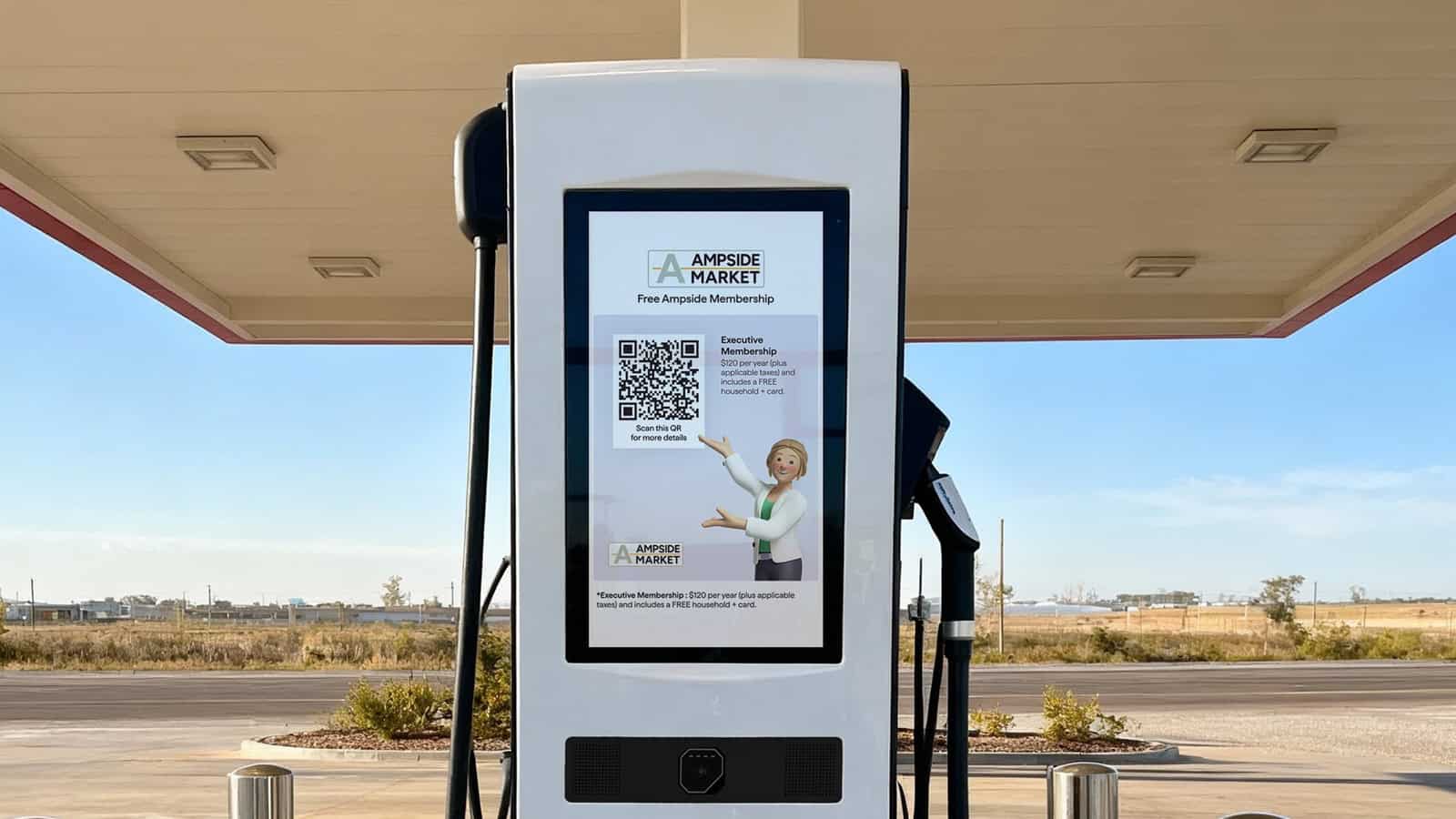
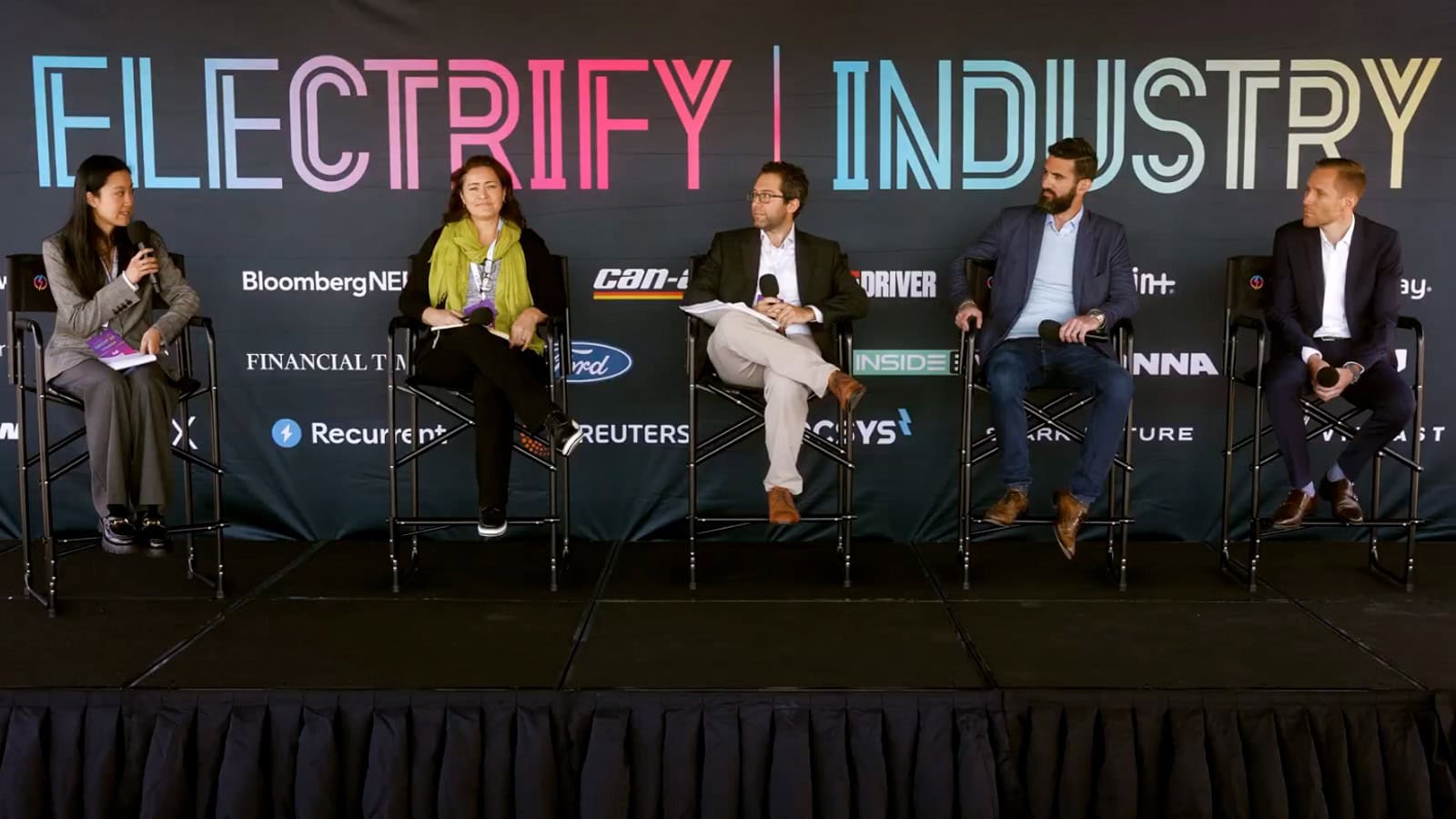


3 Responses